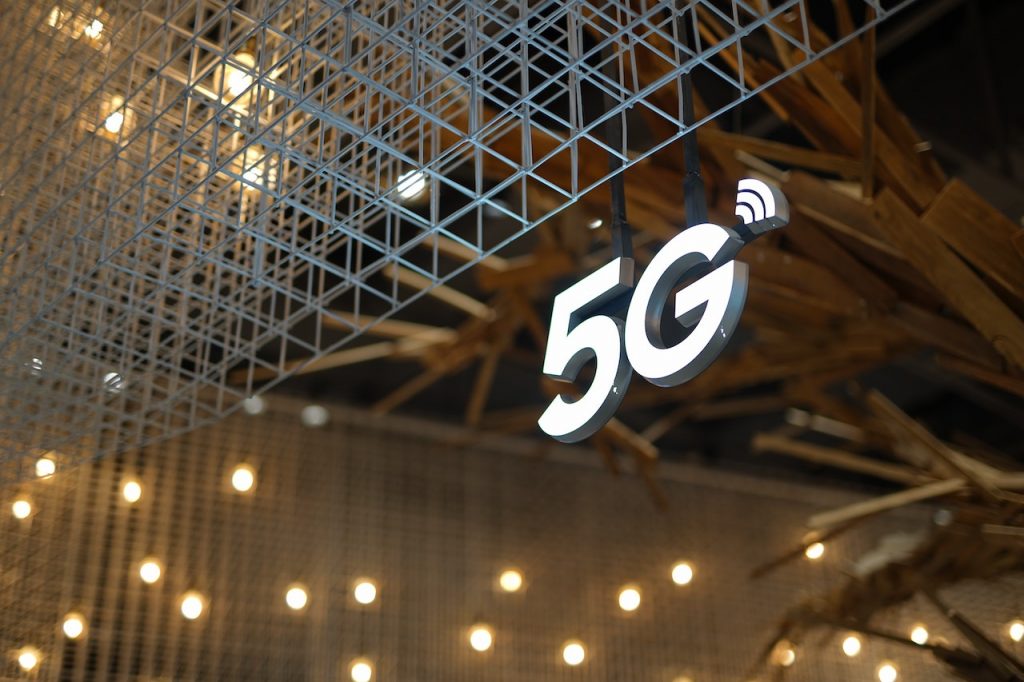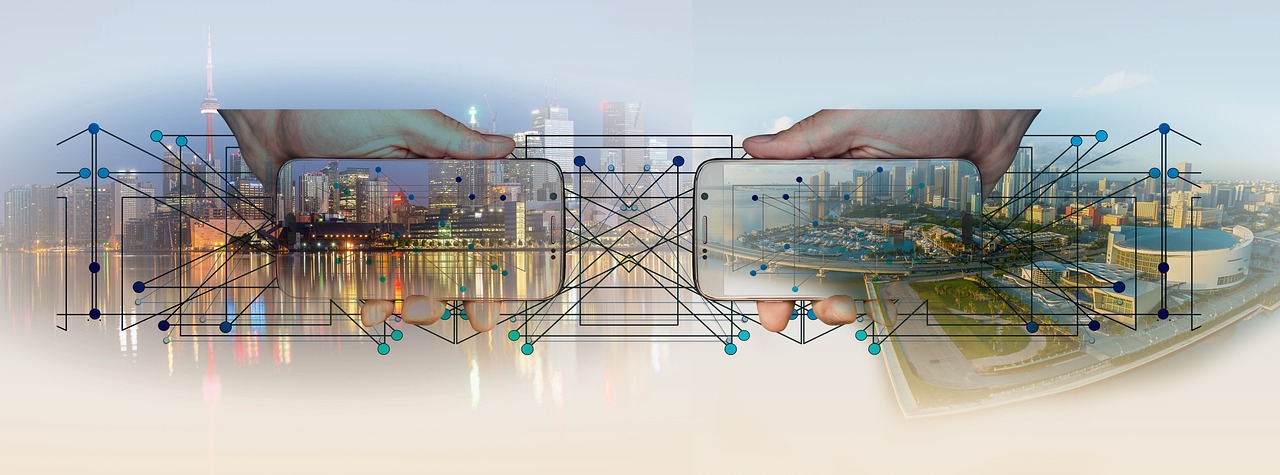The 5G network is set to have more impact on society than previous generations of networks. The industry is expanding beyond mobile networking to include industries like the automotive industry. The 5G value chain is made up of many stakeholders, including mobile operators, app developers, content creators, and consumers. Combined, they provide 22.8 million jobs and are transforming a range of industries. (Also Read: How Do Tesla Vehicles Work?)
High data rates
5G technology is expected to offer high data rates in the future. With a higher capacity, 5G networks will compete with existing ISPs, enabling new applications in the IoT and machine-to-machine arenas. The technology also has network slicing, which lets businesses rent out separate pieces of the network.

5G will deliver ultra-reliable, low-latency communications. High-speed networks will be needed to support mission-critical applications, such as self-driving cars. These vehicles will interact with traffic lights and smart roads, and may even need to offload some of their processing power to a larger computer. The ability to connect to 5G will allow self-driving cars to communicate in real time and with very little latency. Also, 5G will speed up media streaming, making it possible to send multiple high-quality streams at once and switch between cameras in real time.
The new 5G technology is able to transmit data more quickly than other networks, with lower latency and fewer interruptions. 5G networks will also have more capacity than 4G networks, enabling them to handle high-demand applications simultaneously. As a result, it could provide a fiber-like experience for fixed wireless applications as well as improved broadband service for remote areas. Some experts claim that 5G’s peak data rates can be as high as 10 GPPS.
5G is a new cellular network that works with a grid of cell sites that carve up an area into small geographical zones called cells. Each cell has a fixed antenna, which communicates with a cellular base station via radio waves. 5G networks can support up to one million mobile devices per square kilometer.
Low latency
Low latency is a key characteristic of 5G technology, which will be the foundation of the next generation of cellular networks. While previous mobile networks took 10 to 100 milliseconds to send data, 5G will reduce the time to a single digit. This will make it possible to send and receive data much faster and can improve the responsiveness of networks for use in telemedicine, augmented reality headsets, and autonomous vehicles.
Network latency is a function of several factors, including the speed of the network, bandwidth, and the size of the data being transferred. 5G latency is expected to be a matter of milliseconds, which will allow users to download and send huge amounts of data in real time. Low latency will also make it easier for heavy industries and companies with a lot of data to grow quickly.
5G uses a new high-frequency spectrum known as millimeter wave, which is much larger than the 4.5-GHz band used for 4G. The new spectrum will require new small cell base stations and will have a lower latency than 4G. In addition to this, 5G has been designed to operate on a range of frequencies that is more than six times as large as 4G. The new spectrum will allow for even lower latency than today’s networks and may even result in faster download speeds.
In addition to lowering latency, 5G also introduces a new architecture for radio access networks. Rather than depending on the same network for every service, the RAN functions will be centralized in the cloud. So, this architecture needs less latency and can be done with many different transport network technologies.
IoT applications
As 5G technology is deployed, companies are looking for ways to integrate it with the IoT. Currently, there are three key scenarios that IoT technology can help realize: The first scenario is the integration of the Internet of Things and other technologies. These technologies can include MTC, WNFV, and 5G.
Another scenario is the use of 5G in manufacturing. It will help manufacturers add wireless sensors and equipment to their processes, reducing downtime and maintenance costs. With the right technology and network, 5G will help factories connect wirelessly to the cloud, increasing uptime and reducing costs. Similarly, 5G will enable more remote control over manufacturing equipment.
Another example of the IoT applications of 5G technology is virtual reality and 3D video. This technology requires high bandwidth to function properly. With 5G, manufacturers can get the bandwidth they need to create immersive virtual reality experiences. Additionally, 5G will allow smart homes to share data with each other more efficiently.
5G technology will also enable a smart city network. By integrating IoT and artificial intelligence, smart cities can become smarter and more connected. A smart city network will have the capability to monitor traffic and provide smarter services. It will also help prevent congestion, cut travel time, and improve safety. Besides that, 5G-powered IoT could also help in the development of autonomous vehicles and other new services.
Harmonization of spectrum assignments
Harmonization of spectrum assignments for 5G technology is one of the most important elements of the next generation of wireless technology. It will facilitate economies of scale, less cumbersome roaming, and lower cross-border interference. Harmonization is something that both government policymakers and telecom network operators want to see happen for a number of different reasons.
The most important aspect of spectrum sharing is to ensure that all users get the most benefits from it. Because spectrum is a limited resource, it is important to make efficient use of it. Therefore, a global approach to spectrum sharing will be most beneficial. As a result, it will also reduce the cost of telecommunication equipment.
While this goal is important, it is also extremely challenging to achieve. International harmonization, which is coordinated at the ITU World Radiocommunication Conferences (WRCs), is critical to ensuring an equitable distribution of spectrum among competing services. The current allocation of spectrum in many countries differs from the ITU’s guidelines.
As more devices use 5G technology, new spectrum is needed to support the new services. Current 4G technology relies on low-frequency bands, but 5G will require higher-frequency bands and a 20-fold increase in bandwidth. Without unified spectrum planning, equipment will be more expensive and it will be harder to find exact frequency ranges.
Opportunities
Opportunities for 5G technology are being explored at the University of Waterloo in Ontario, Canada. This new technology aims to improve cell tower performance and capacity. It also aims to increase the speed of data transmission. It can be used to connect thousands of users at once. For example, Rogers is working with the University of Waterloo to set up a 5G network on campus.
5G technology has the potential to change the way businesses operate. It can help companies increase efficiencies and speed up delivery processes. Moreover, it can enable the creation of a new business model by harnessing the power of IoT. In addition, 5G is expected to revolutionize the networking industry by providing ultrafast transmission rates—up to 100 times faster than 4G. The technology holds opportunities for telcos, enterprises, and consumers alike. Telcos, for example, can make money off of 5G technology through consumer use cases, B2B2X use cases, and partnerships with companies in other industries.
Another example is the increasing use of wearables, which puts an increased demand on hospitals’ technology infrastructure. Hospitals need reliable wireless networks to ensure quality care for patients, so 5G technology can help them achieve this goal. In the long run, 5G can help hospitals improve throughput and close their strategic technology gaps. As with all technologies, 5G technology is best suited for specific applications, and hospital leadership should focus on the applications that will benefit the most from it.
The growing demand for mobile broadband services is also driving innovations in cellular technology. For instance, it has opened the door to new use cases in the world of live content production. 5G can be incorporated into broadcast workflows for stage performances, electronic newsgathering, and various forms of remote production. The technology is capable of supporting large-scale content production while maintaining wide-area coverage. (Also Read: 5 Things You Should Know About Smart Cars)












